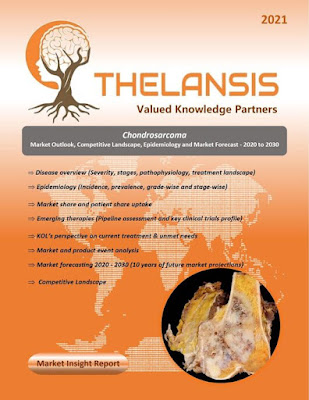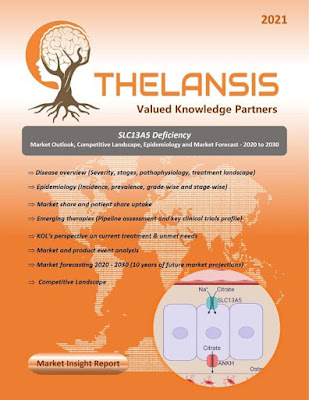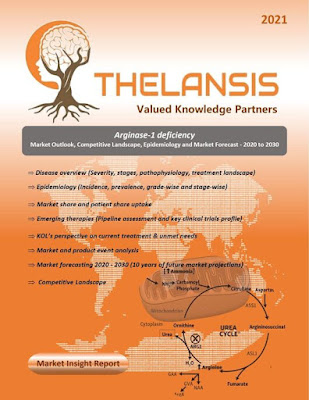Aspartylglucosaminuria (AGU) – Market outlook, Epidemiology, Market Forecast and Competitive Landscape Report – 2020 To 2030

An autosomal recessive lysosomal storage disease is belonging to the oligosaccharidosis group (also called glycoproteinosis). Etiology- Mutations in the AGA gene cause aspartylglucosaminuria. The AGA gene provides instructions for producing an enzyme called aspartylglucosaminidase. Epidemiology- In Finland, where most cases are reported, there are an estimated 130 cases in 4.5 million persons. In the rest of the world, the condition is scarce and affects persons of various heritages. The competitive landscape of Aspartylglucosaminuria (AGU) includes country-specific approved as well as pipeline therapies. Any asset/product-specific designation or review and Accelerated Approval are being tracked and supplemented with analyst commentary. KOLs insights of Aspartylglucosaminuria (AGU) across 8 MM market from the center of Excellence/ Public/ Private hospitals participated in the study. Insights around current treatment landscape, epidemiology, clinical characteristics,...



